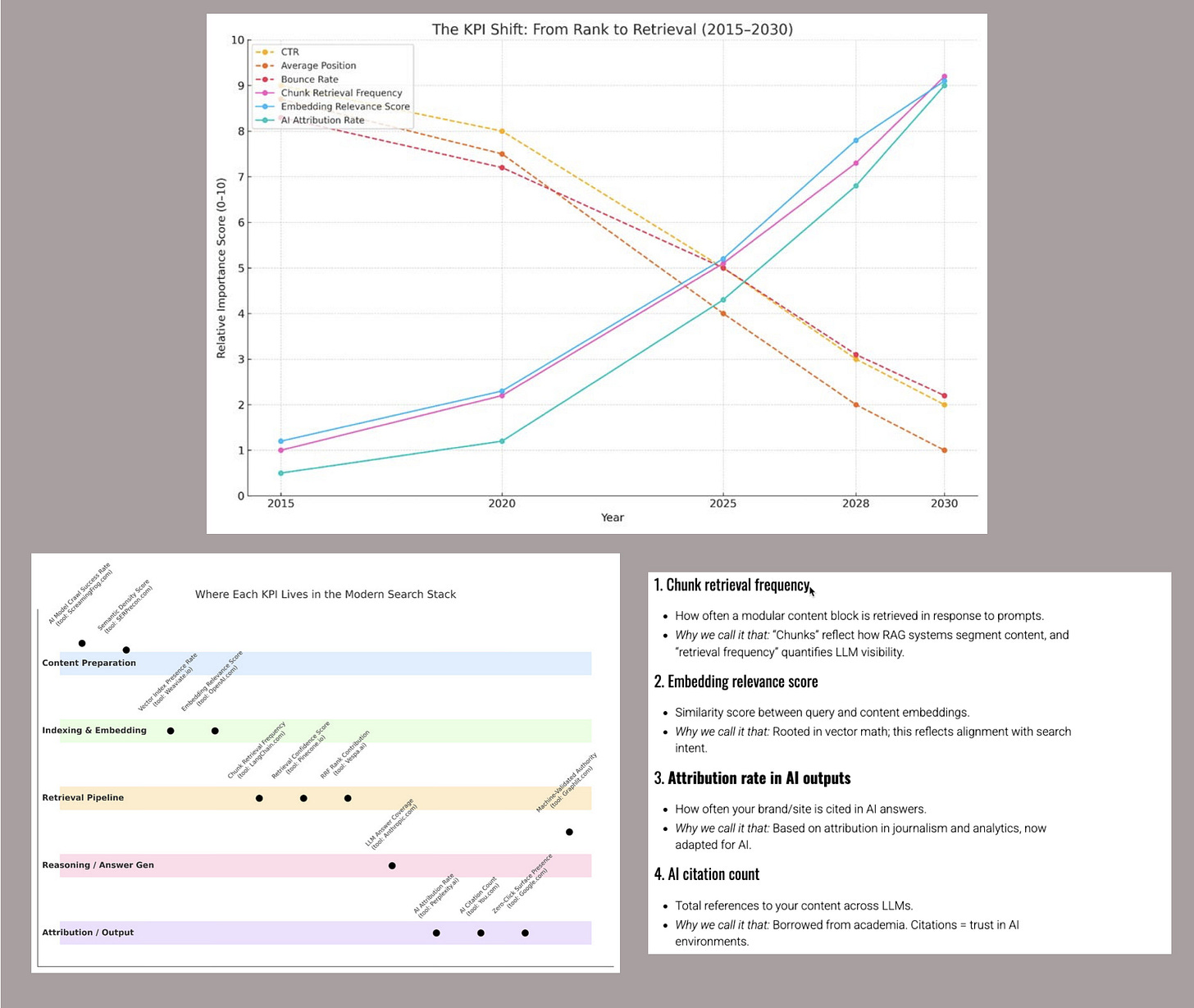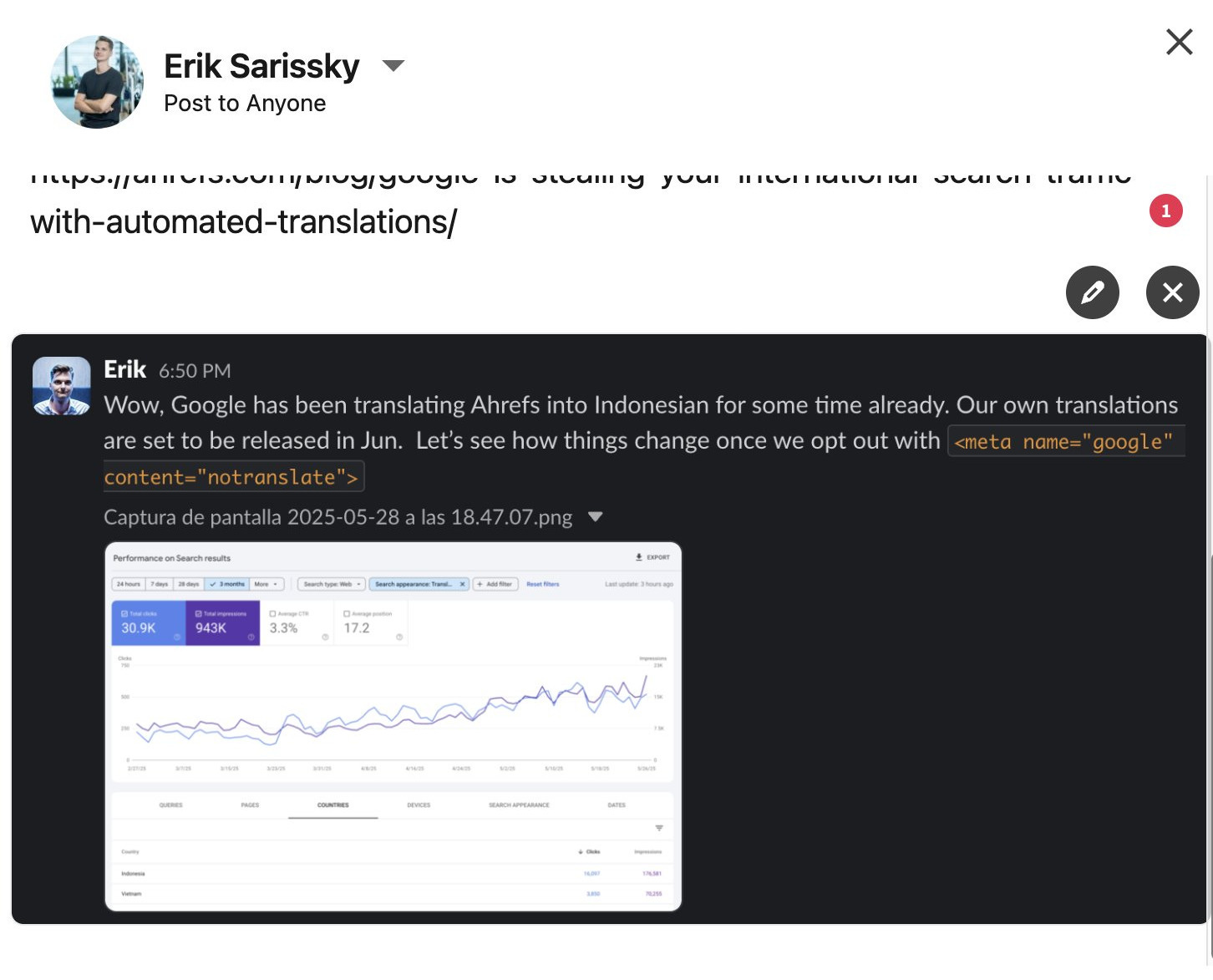Global Digital Marketing & Retail by Alex 94
Inspiration from across the world for retail enthusiasts, e-commerce professionals, marketing lovers and technology fans. Welcome back! I summarized some great links again, I stumbled upon this week.
Goodmorning all! We are already at edition 94! It has become a habit and into my “system” to write one newsletter a week by now.
🤖Mary Meeker: Artificial Intelligence Trend report 2025



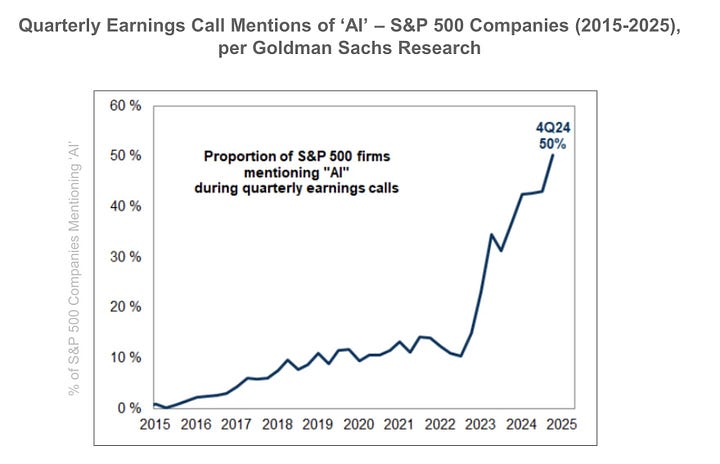
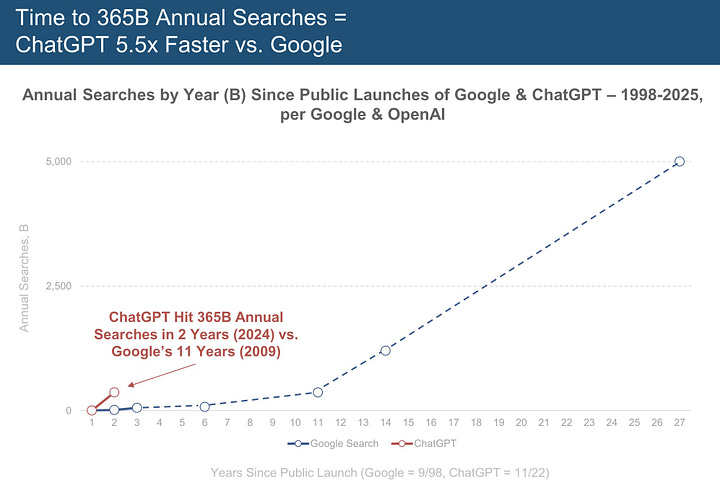
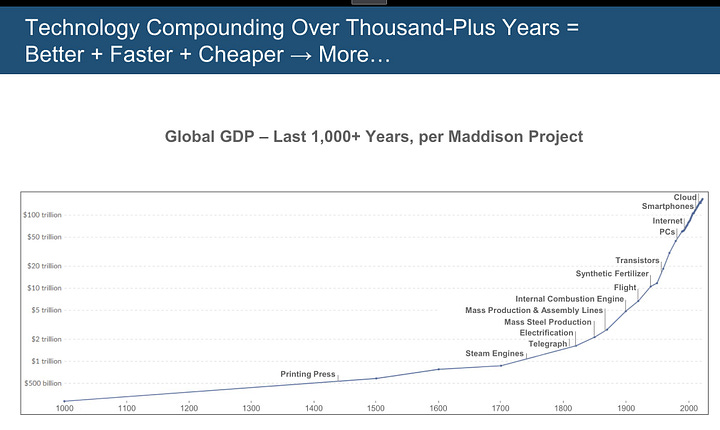
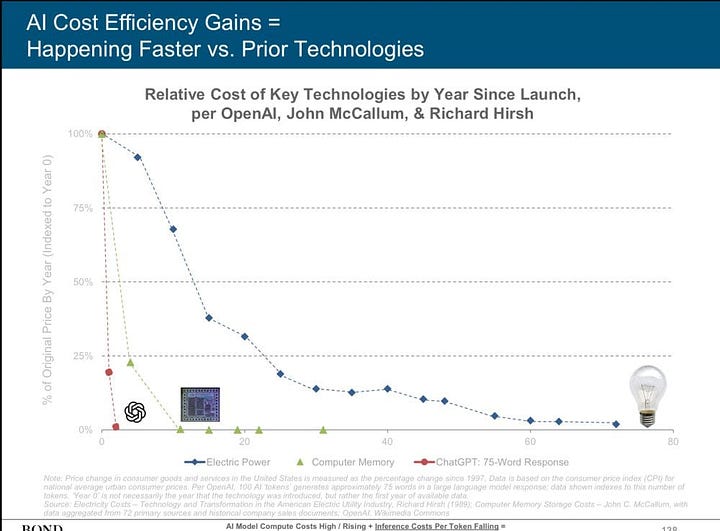
Already I think, almost as long as I use the internet, Mary Meeker drops an annual trend report. Back then it was called “Internet Trend Report” and now it has transformed to the “Trends artificial intelligence report”.
It is huge, really huge! 300+ pages, but it’s very good to have as it has lot’s of data, that you can use for analyzing trends and writing business cases or roadmaps.
Original source: https://www.bondcap.com/report/tai/#view/0
Via my dropbox: https://www.dropbox.com/scl/fi/8zuwvduylmxqiqus65tb5/Trends_Artificial_Intelligence.pdf?rlkey=cxs062q8sagctf0lscs0s9zm4&st=yuoakiaw&dl=0
📈The Generative search era requires new metrics
The past few weeks I have already started writing on this topic, see for example here. The generative search & transaction era is changing a lot. This article, I link below, I think is important for every marketer to read and understand and take action upon.
We’ve entered the era of AI-mediated search. Instead of browsing results, users now ask questions and receive synthesized answers from platforms like ChatGPT, CoPilot, Gemini, and Perplexity. Under the hood, those answers are powered by an entirely new stack:
Vector databases
Embeddings
BM25 + RRF ensemble re-rankers
LLMs (like GPT-4, Claude, Gemini)
Agents and plugins running AI-assisted tasks
In this environment, your content isn’t “ranked” – it’s retrieved, reasoned over, and maybe (if you’re lucky) cited.
So we are talking about:
Chunk retrieval frequency: How often a modular content block is retrieved in response to prompts. (Structure content in concise, self-contained chunks with clear H2/H3 tags. Use consistent, query-aligned phrasing. Favor modular FAQ-style formats.)
Embedding relevance score: Similarity score between query and content embeddings. (Use semantically rich language. Include synonyms and natural language variations. Regularly update content to match evolving user queries.)
Attribution rate in AI outputs: How often your brand/site is cited in AI answers. (it also involves building a visible, quotable presence across the web)
AI citation count: Total references to your content across LLMs. (Publish fact-rich, high-authority content. Collaborate on research, release datasets, or create quotable resources. Optimize crawlability.)
Vector index presence rate: The % of your content successfully indexed into vector stores. (Use schema markup and clean HTML. Avoid buried content behind JavaScript. Use static URLs and reduce page clutter for better indexing.)
Retrieval confidence score: The model’s likelihood estimation when selecting your chunk. (Make chunks unambiguous and precise. Add contextual keywords and reinforce topic focus. Include primary keywords without overstuffing.)
RRF Rank Contribution: How much your chunk influences final re-ranked results. (Optimize for both relevance and novelty. Create differentiated takes on common topics. Improve readability and reduce duplication across pages.)
LLM answer coverage: The number of distinct prompts your content helps resolve. (Expand your content’s long-tail query coverage. Use question clusters, “People Also Ask” data, and related keyword analysis to fill gaps.)
AI model crawl success rate: How much of your site AI bots can successfully ingest. (To enhance your AI model crawl success rate, ensure your site is accessible to AI crawlers by using clean HTML, fast-loading pages, proper sitemap inclusion, and optimized robots.txt, while also being a trailblazer in adopting new standards like llm.txt to explicitly allow or guide LLM crawlers such as GPTBot, ClaudeBot, and others.)
Semantic density score: The richness of meaning, relationships, and facts per chunk. (Include contextual definitions, named entities (people, places, stats), and internal links. Use knowledge graph concepts (who, what, when, why).
Zero-click surface presence: Your appearance in systems that don’t require links to deliver answers. (Use structured data, featured snippet-friendly formatting, and concise “answer blocks.” Answer “how,” “what,” and “why” directly in intros.)
Machine-validated authority: A measure of authority as judged by machines, not links. (Align content with topically expert domains. Use high factual accuracy, citations, and consistency across content. Minimize speculative language.)
Details: https://searchengineland.com/new-generative-ai-search-kpis-456497
👮Google is stealing international search traffic
As this is a newsletter on international e-commerce, I would like to bring your attention to this:
Since the March Core update, there’s been a huge increase in Google’s efforts to automatically translate English-language webpages into other languages. The catch? These newly translated pages are hosted on a Google subdomain, so the original content creators don’t see any benefit from them.
Check out the details and countermeasures:
👮CrossborderAlex in a video on AI with Metro Digital/Accenture
Yeah! I am in a video on AI. It was a fun day, fun to talk about use cases and best practices. Just sharing it for fun and to not lose the video.
🇩🇪 🇹🇷 Traveling: Dusseldorf & Istanbul hotel experiences & a little Yandex
I was traveling to Dusseldorf and Istanbul. You know when you login to a hotel WiFi you often get a so called “captive portal” a page you see when you log into the WiFi and you have to fill in your room number for example. It’s always very annoying, but this hotel in Dusseldorf redirected me to this great page. I have never seen something like this before a complete page with all kinds of info on the area and the hotel. Very very nice, that’s thinking along with your visitors, trying to answer questions before your visitor has it. Look at the menu for all the details, of course it could be translated into many languages.
A couple of days later, I again went to Istanbul. I stayed in a small, well maybe it’s even called a boutique hotel, it’s called Meroddi Bagdatliyan Hotel.
What stood out was their hospitality and customer experience. They asked me daily via WhatsApp if I needed anything, if everything was alright and I even got a present the day before I left. That’s how you make a difference:




It’s this hotel, great stay!
What I also noticed in Istanbul was the prominence of Yandex Search Engine, I saw several advertisements like here in my favorite area of Istanbul: Kadikoy.
It appears Yandex is huge in Turkey with approximately 40% of the desktop share. Important to realize as many people do not think beyond Google. Some countries do have a different search engine behavior (Hi Czech Republic, Hi Türkiye, Hi China for example). From what I understood Yandex in Turkey is especially used for navigation.
Popovskiy mentioned that the $400 million investment in Türkiye will support the development of digital advertising, machine learning, high-capacity systems and AI – directly contributing to Türkiye’s digital economy with solutions specifically tailored to the region.
When it comes to AI, Popovskiy said that Yandex develops "hyperlocal” products in that their technologies incorporate the language and the cultural dynamics within to better serve the country and its people according to their needs and specifics.
https://www.dailysabah.com/business/tech/russian-yandex-to-expand-turkiye-reach-with-400m-investment
https://gs.statcounter.com/search-engine-host-market-share/desktop/turkey
That’s it for this edition. Thank you so much for reading, liking and subscribing!
Curious for more immediately?
Check out my archive of all previous newsletters:
Thanks for reading Crossborder Alex : Global Marketing & E-commerce! Subscribe for free to receive new posts and support my work.


